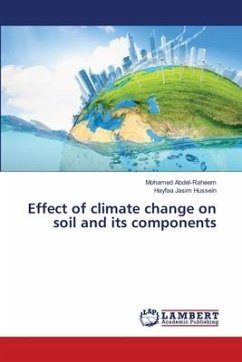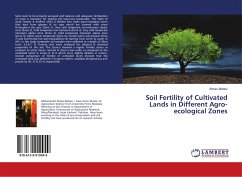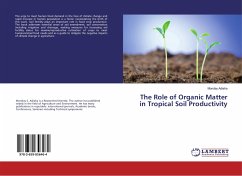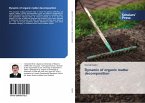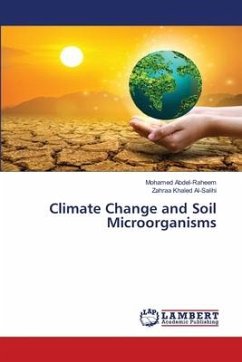Climate change is often seen as something that occurs in the atmosphere. After all, when plants photosynthesise, they draw carbon out of the atmosphere. But atmospheric carbon also affects the soil, because carbon that is not used for above-ground plant growth is distributed through the roots of a plant, which deposit carbon in the soil. If undisturbed, this carbon can become stable, and remain locked away for thousands of years. Healthy soils can thus mitigate climate change. When it comes to carbon storage, not all soils are equal. The most carbon-rich soils are peatlands, mostly found in northern Europe, the UK and Ireland. Grassland soils also store a lot of carbon per hectare. In contrast, the soil in warm and dry areas in southern Europe contains less carbon. In some parts of Europe, higher temperatures may lead to more vegetation growth and more carbon stored in the soil. However, higher temperatures could also increase decomposition and mineralisation of the organic matter in the soil, reducing organic carbon content. In other areas, the carbon-containing organic matter in stable peatlands is prevented from decomposing due to the low levels of oxygen in the water.

